Making the Switch to Virtual Learning: Storage Solutions That Work
As education continues to evolve, many students are transitioning to virtual learning environments. This shift brings new challenges in organizing learning spaces and managing educational materials. Whether you’re a college student adapting to hybrid courses or a family creating a dedicated learning environment at home, smart storage solutions can make the difference between chaos and success.
Creating an Organized Digital Learning Hub
The foundation of successful virtual learning starts with a well-organized space. Here’s how to utilize storage solutions to create an effective learning environment:
- Designate a specific area for virtual learning that can be easily set up and stored away
- Use climate-controlled storage for sensitive electronic equipment
- Implement vertical storage solutions to maximize small spaces
- Create systems for organizing both digital and physical materials
Managing Traditional and Digital Learning Materials
Today’s virtual learning environment requires a blend of traditional and digital resources. Effective storage solutions should address both:
Digital Storage Solutions
- External hard drives and backup systems
- Cloud storage organization
- Digital file management systems
- Equipment storage and protection
Physical Storage Organization
- Textbooks and reference materials
- Traditional school supplies
- Art and project materials
- Study aids and learning tools
Climate-Controlled Storage for Technology
Protecting your virtual learning equipment is crucial for uninterrupted education. Consider these storage solutions for technology:
- Temperature-controlled environments for computers and tablets
- Humidity regulation for electronic equipment
- Protection from dust and environmental factors
- Secure storage for valuable devices
Seasonal Rotation Strategies
Keep your learning space efficient by implementing seasonal rotation of materials:
Materials to Rotate Seasonally
- Textbooks and course materials
- Subject-specific supplies
- Seasonal project materials
- Reference books and resources
Space Optimization Tips for Small Areas
Virtual learning doesn’t require a dedicated room – here’s how to maximize available space:
- Use vertical storage solutions
- Implement mobile storage units
- Create multi-purpose spaces
- Utilize under-desk and wall storage
Organization Systems for Success
Maintain an efficient learning environment with these organizational strategies:
- Color-coding systems for different subjects
- Digital file organization templates
- Weekly material rotation schedules
- Storage container labeling systems
Planning for Long-Term Storage
Consider these solutions for materials you need to keep but don’t use daily:
- Climate-controlled units for long-term storage
- Archival systems for completed coursework
- Organized storage for future reference materials
- Protection for valuable educational resources
Making the Transition Smooth and Sustainable
Creating an effective virtual learning environment is an ongoing process. Regular evaluation and adjustment of your storage solutions ensure continued success in your educational journey. Remember to:
- Review and update organization systems regularly
- Adapt storage solutions as needs change
- Maintain backup systems for digital materials
- Keep frequently used items easily accessible
Final Thoughts
The transition to virtual learning presents unique challenges, but with proper storage solutions, you can create an organized, efficient learning environment. Whether you’re utilizing climate-controlled storage for technology or implementing seasonal rotation systems, the right storage strategy can help ensure your academic success.

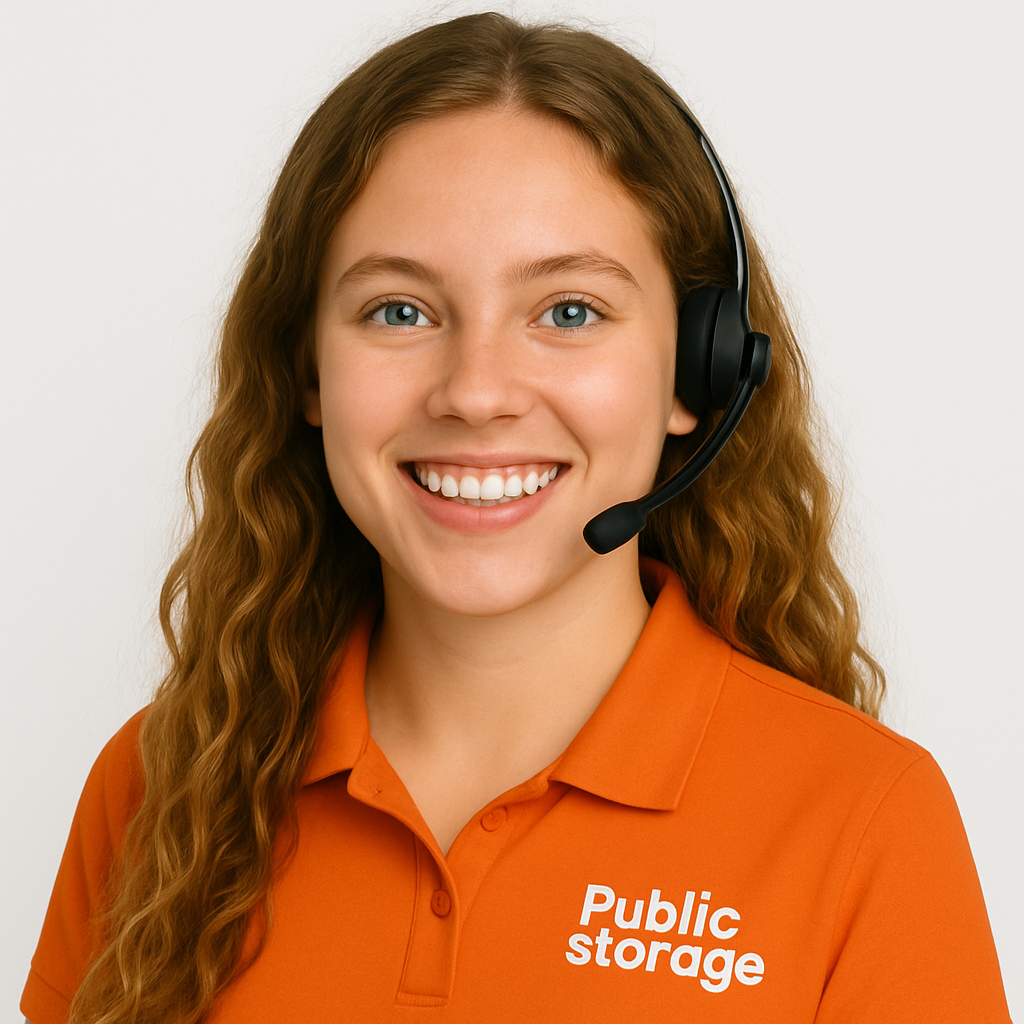
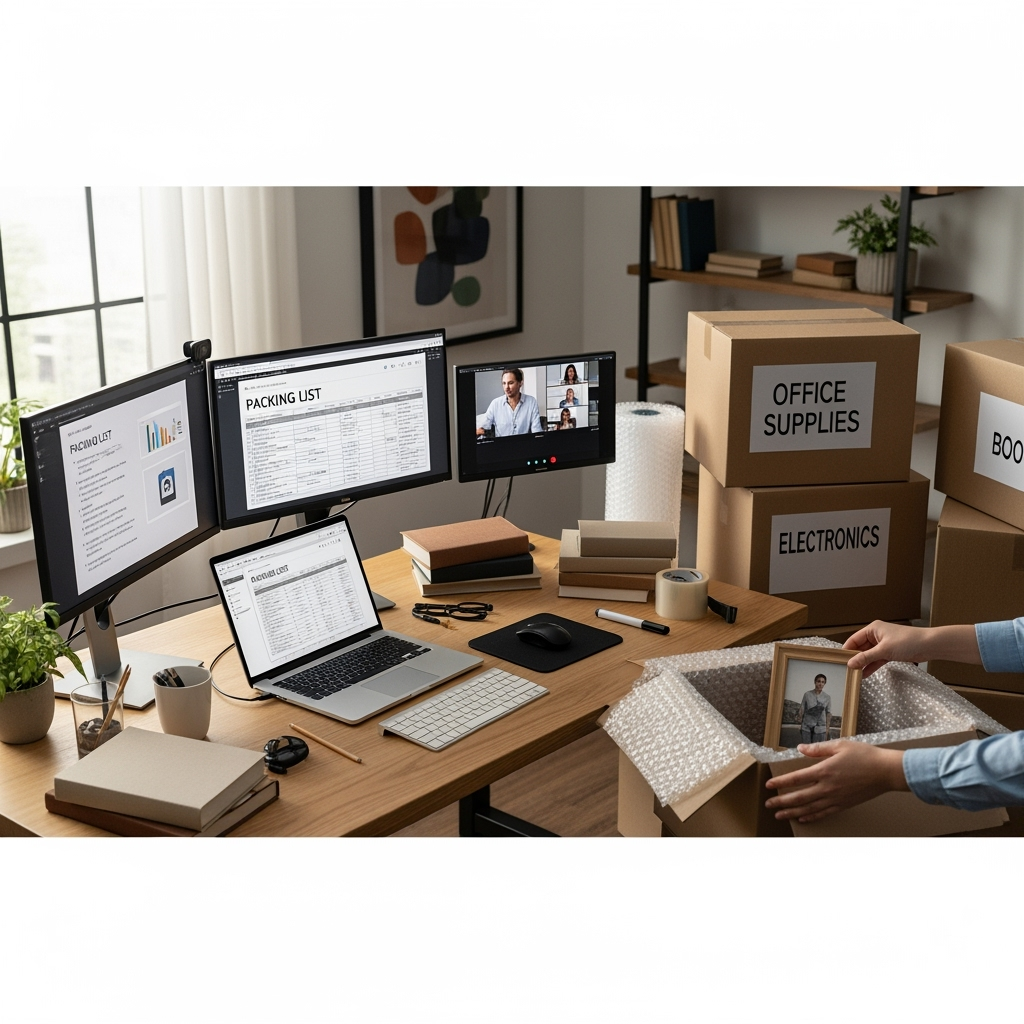
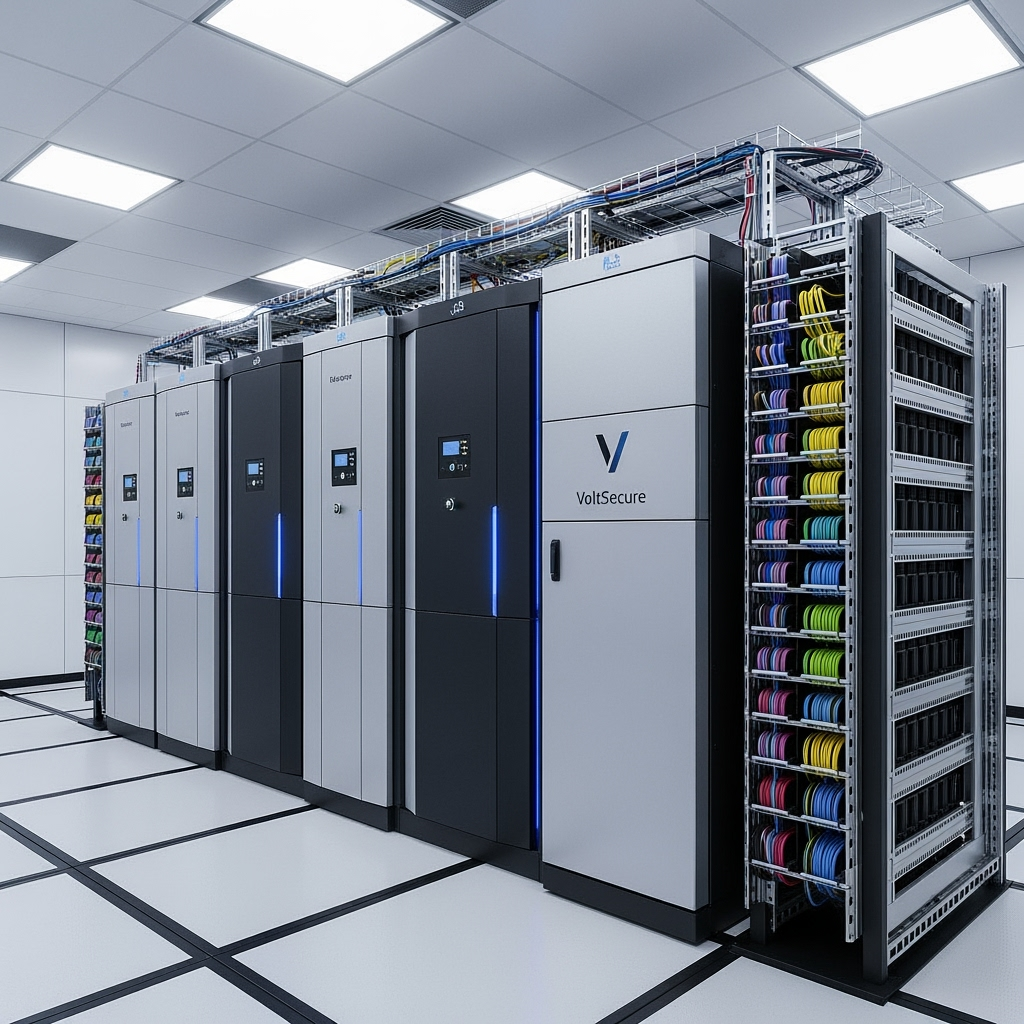


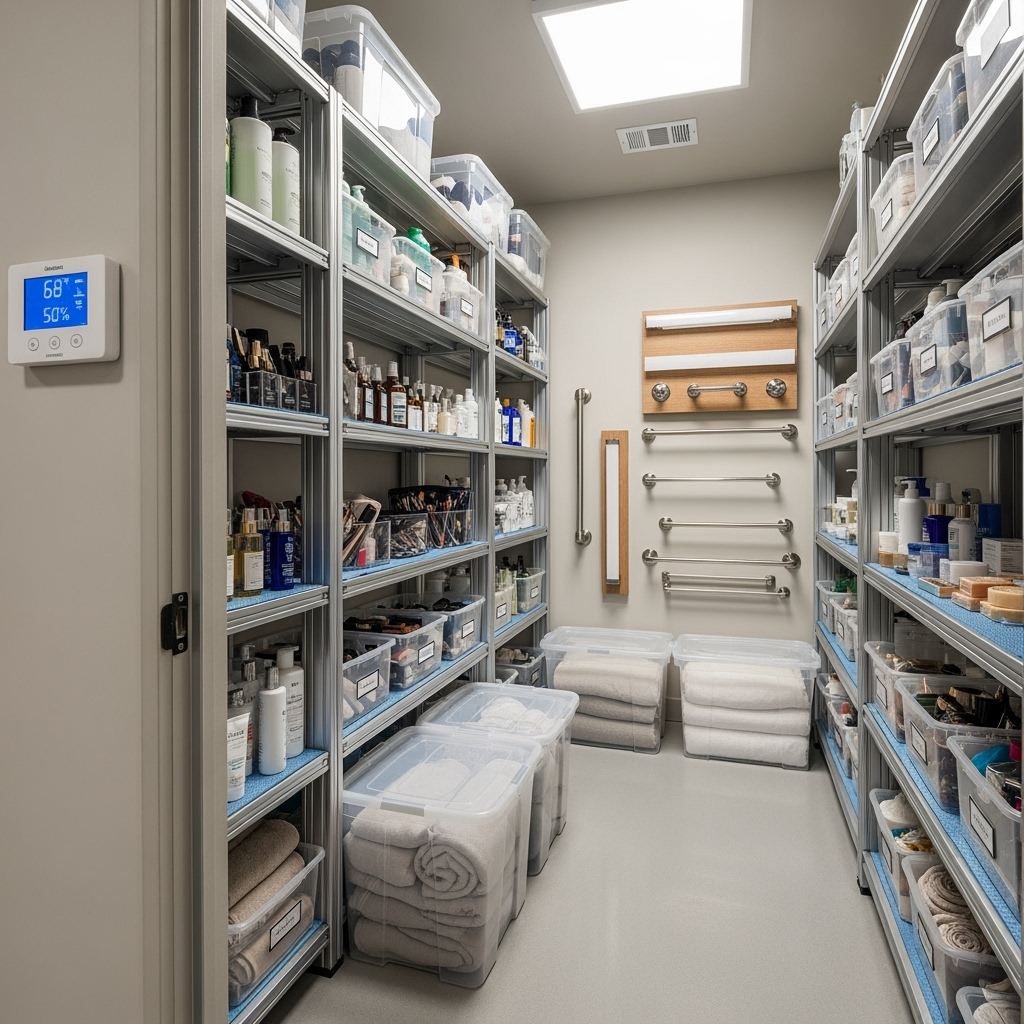
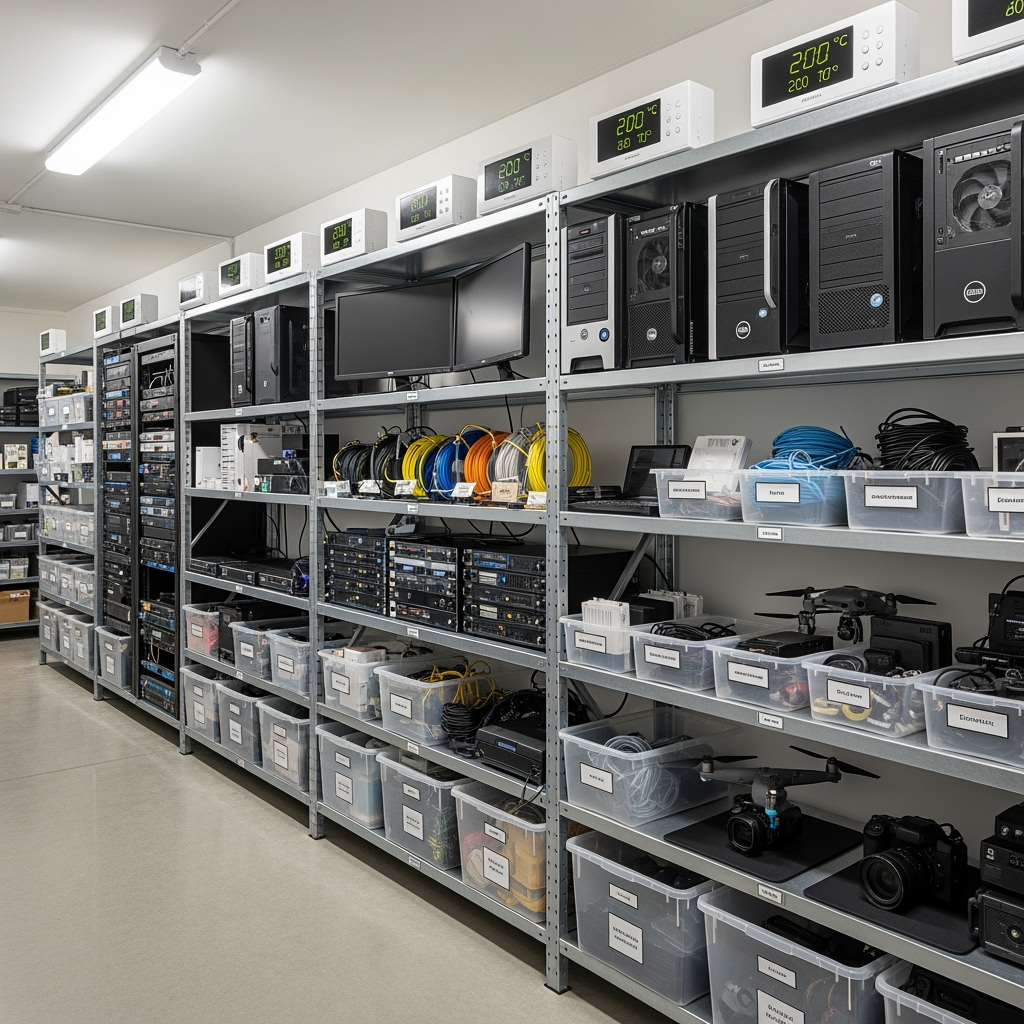
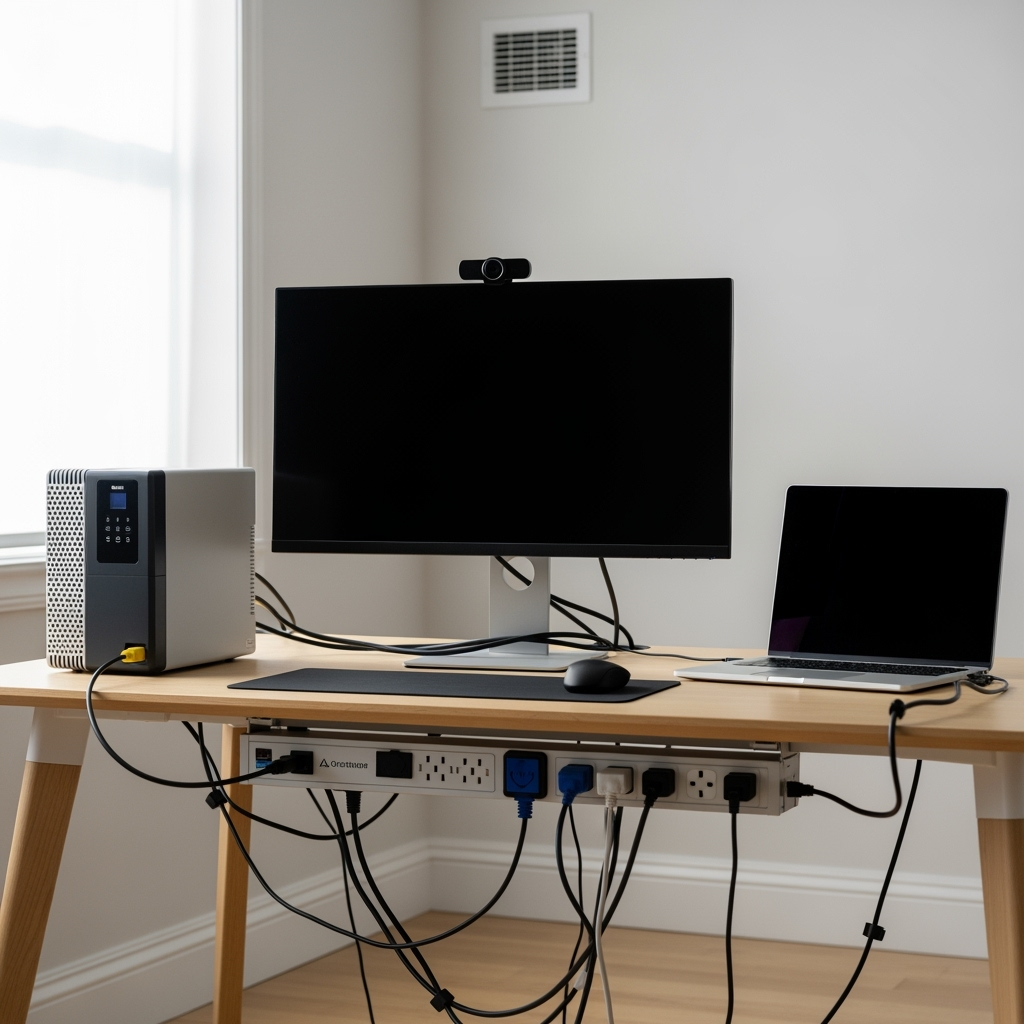
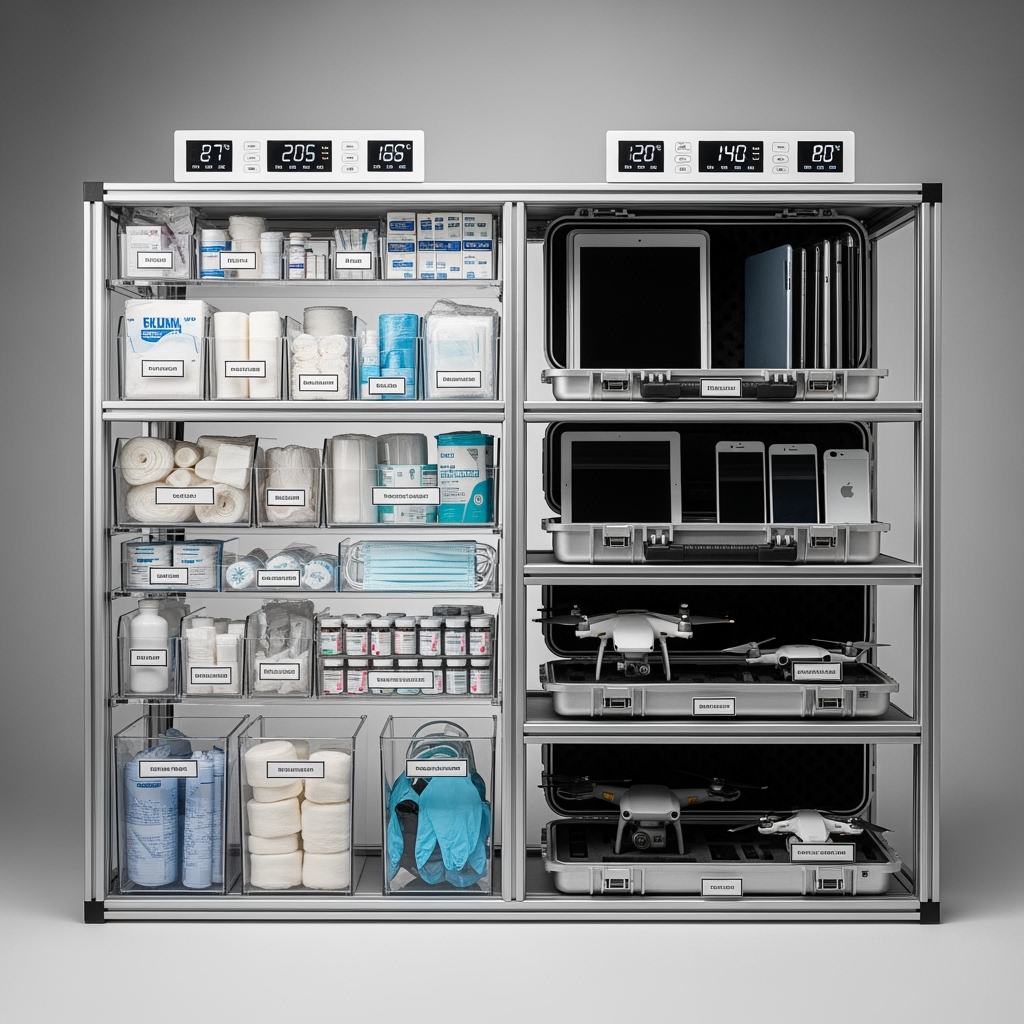
Leave a Reply